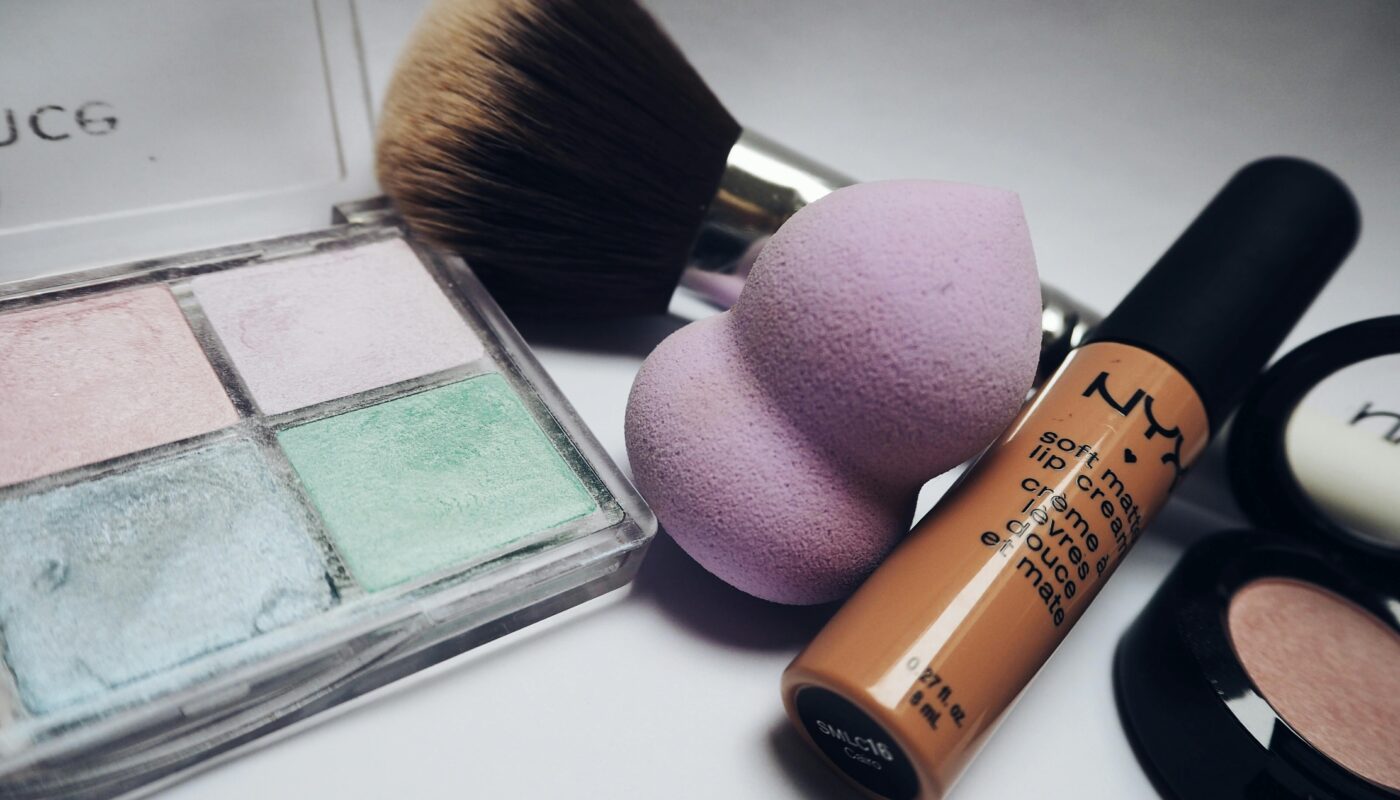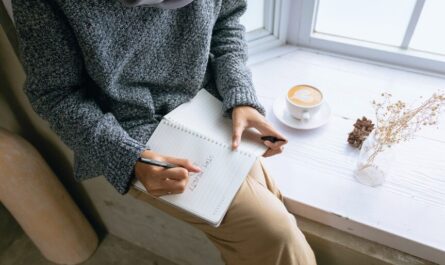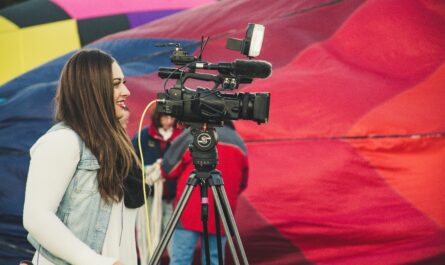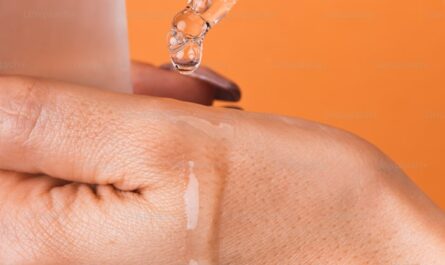Beauty has always been a central aspect of human culture, influencing art, literature, fashion, and even social dynamics. However, beauty is not merely an aesthetic trait—it’s a powerful social force that shapes perceptions, opportunities, and identities. The concept of beauty bias refers to the societal preference for individuals who are deemed physically attractive according to mainstream standards. This bias, which operates both subtly and overtly, can have profound implications for how people are valued, treated, and perceived in various contexts, from workplaces to relationships.
In this article, we will explore the nature of beauty bias, its roots, its impact on society, and how it contributes to the shaping of personal worth. Through an examination of historical perspectives, psychological factors, and societal structures, we will delve into the complex and far-reaching effects of beauty bias, and offer a broader understanding of its implications for individuals and communities.
What Is Beauty Bias?
Beauty bias is a form of discrimination based on an individual’s physical appearance, where those deemed more attractive receive more favorable treatment compared to those perceived as less attractive. This bias operates on both conscious and unconscious levels, influencing how individuals are perceived in both personal and professional contexts.
At its core, beauty bias is rooted in the cultural and societal norms that define what is considered “beautiful.” These norms often prioritize specific attributes, such as facial symmetry, clear skin, slenderness, and other features that align with a particular ideal. These standards are not universally fixed but are often shaped by a combination of historical, cultural, and media-driven influences that can vary by region, era, and society.
The most glaring manifestations of beauty bias can be seen in areas such as hiring practices, dating preferences, media representation, and consumer behavior. Those who fit conventional beauty standards tend to experience advantages in these spheres, while those who do not may face challenges related to their appearance.
The Roots of Beauty Bias
To understand beauty bias, it’s important to recognize that the idealization of physical attractiveness is not a new phenomenon. Throughout history, certain beauty standards have been celebrated across various cultures, whether it was the slim, fair-skinned beauty of European aristocracy or the fuller-figured woman revered in many African and indigenous cultures. While these ideals have varied, the association between beauty and worth has been a recurring theme across centuries.
Historically, beauty has been associated with traits such as youthfulness, health, and fertility, which were seen as markers of reproductive success. This biological perspective likely underpins the enduring nature of beauty standards, as people are instinctively drawn to features that signal physical health and genetic viability. However, as societies evolved and cultural norms developed, the definition of beauty became more abstract and socially constructed, influenced by media portrayals, fashion trends, and political forces.
In modern times, beauty ideals are shaped significantly by the media. Hollywood, fashion industries, and advertising all play key roles in defining and reinforcing beauty standards. Magazines, television shows, films, and social media platforms regularly present images of the “ideal” body type, skin tone, and facial features, often unattainable for the majority of the population. This creates a standard that many people feel pressured to conform to, even if it is unrealistic or unhealthy.
Psychological Factors Behind Beauty Bias
Psychologically, beauty bias operates on several levels. One of the most common psychological theories related to beauty bias is the “halo effect.” This cognitive bias occurs when people assume that individuals who possess one positive trait (such as attractiveness) also possess other desirable traits (such as intelligence, kindness, or competence). In other words, attractive individuals are often assumed to be better, smarter, and more capable than their less attractive counterparts, even in the absence of evidence.
The halo effect can have significant implications in various spheres of life. In the workplace, for example, attractive individuals may be given more opportunities for promotions or raises, not necessarily because of their performance, but because their physical appearance gives the impression that they are more competent or skilled. Similarly, in social settings, attractive people may be more easily accepted and included in groups or social circles, while those considered less attractive might experience exclusion or rejection.
Moreover, people often internalize societal beauty standards, leading to the phenomenon of “self-objectification.” This occurs when individuals, particularly women, view themselves primarily through the lens of their physical appearance, rather than their skills, intellect, or character. Self-objectification can lead to negative body image, low self-esteem, and mental health issues, as individuals feel they must constantly measure up to an idealized and often unattainable standard of beauty.
Beauty Bias and Social Inequality
One of the most concerning aspects of beauty bias is how it intersects with other forms of social inequality, including race, gender, and class. Beauty standards are not universally inclusive; instead, they tend to favor certain groups over others. In many Western societies, for example, the ideal of beauty has historically favored white, slim, and young women, often marginalizing women of color, those with larger body types, and individuals from lower socioeconomic backgrounds.
This bias can have profound social and economic consequences. For instance, women of color or plus-sized individuals may be underrepresented in media and advertising, contributing to a lack of role models and perpetuating feelings of invisibility or inadequacy. At the same time, the emphasis on slimness in mainstream beauty ideals often places undue pressure on individuals to conform to restrictive diets and exercise routines, sometimes at the expense of their physical or mental well-being.
In the workplace, beauty bias can exacerbate existing gender and racial inequalities. Studies have shown that attractive individuals are more likely to be hired, promoted, and receive higher salaries, a phenomenon that is particularly evident in industries where appearance is seen as a valuable asset (e.g., fashion, entertainment, and hospitality). Women and people of color, in particular, may face additional barriers when their appearance does not align with the dominant beauty ideal, leading to unequal opportunities and outcomes.
The beauty bias can also intersect with class divisions. Individuals from lower socioeconomic backgrounds may struggle to access the resources (such as expensive beauty treatments or fashionable clothing) that can help them meet societal beauty standards. This can create a cycle of disadvantage, as those who are not perceived as attractive may face challenges in securing employment, building social connections, or achieving upward mobility.
The Impact of Beauty Bias on Personal Worth
The societal preference for physical beauty often extends beyond superficial judgments and has a deep impact on an individual’s sense of self-worth. As beauty is frequently equated with value, people who do not meet the dominant standards of beauty may internalize feelings of inadequacy or worthlessness.
For many, especially young people, this can lead to a constant comparison to others, resulting in low self-esteem, anxiety, and depression. Social media platforms like Instagram and TikTok exacerbate this issue, as they often highlight curated, heavily edited images that present a narrow and unrealistic definition of beauty. The pressure to conform to these ideals can lead to feelings of alienation and dissatisfaction with one’s own appearance.
In some cases, individuals may go to extreme lengths to alter their physical appearance in an attempt to align with beauty standards. This can include expensive cosmetic surgeries, excessive dieting, or unhealthy exercise regimens. While these measures may temporarily boost an individual’s confidence, they often fail to address the deeper psychological issues related to self-worth and body image.
Challenging Beauty Bias: A Path Toward Inclusivity and Self-Acceptance
While beauty bias remains deeply ingrained in society, there is growing recognition of its negative impact on individuals and communities. Over the past few decades, there has been a shift toward more inclusive and diverse representations of beauty. Media campaigns and fashion brands are beginning to feature models of various sizes, ethnicities, ages, and abilities, challenging the narrow ideals that have traditionally dominated the industry.
Additionally, movements like body positivity and self-love have gained traction, encouraging people to embrace their bodies as they are and reject harmful societal standards. These movements aim to empower individuals to define their own worth, not based on their appearance, but on their unique qualities, talents, and character.
Educational initiatives that promote body diversity, mental health awareness, and self-acceptance are also essential in addressing the harm caused by beauty bias. Schools, workplaces, and communities can play a pivotal role in fostering an environment where people are valued for who they are, not just how they look.
Moreover, it is important to challenge beauty bias on an institutional level. Companies and organizations should implement diversity and inclusion policies that ensure fair treatment for individuals regardless of their appearance. By recognizing and addressing beauty bias, we can create a society that values all individuals for their abilities, contributions, and intrinsic worth.
Conclusion
Beauty bias is a powerful societal force that shapes how individuals are perceived and valued, often leading to inequalities in opportunities, relationships, and personal identity. The impact of beauty bias extends beyond superficial judgments, influencing social dynamics, psychological well-being, and even economic outcomes. However, by recognizing the harm caused by this bias and actively working toward a more inclusive and diverse definition of beauty, society can move toward a future where all individuals are valued for their unique qualities, not just their appearance. Through these efforts, we can begin to shift the cultural narrative and redefine what it truly means to be valuable in a world that too often places undue emphasis on external beauty.



